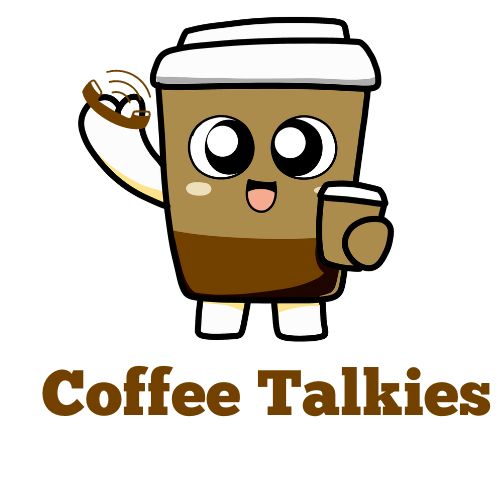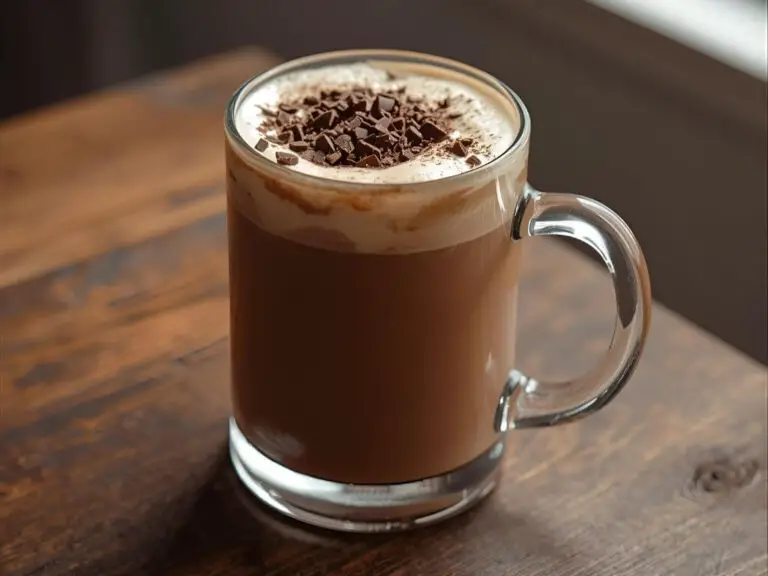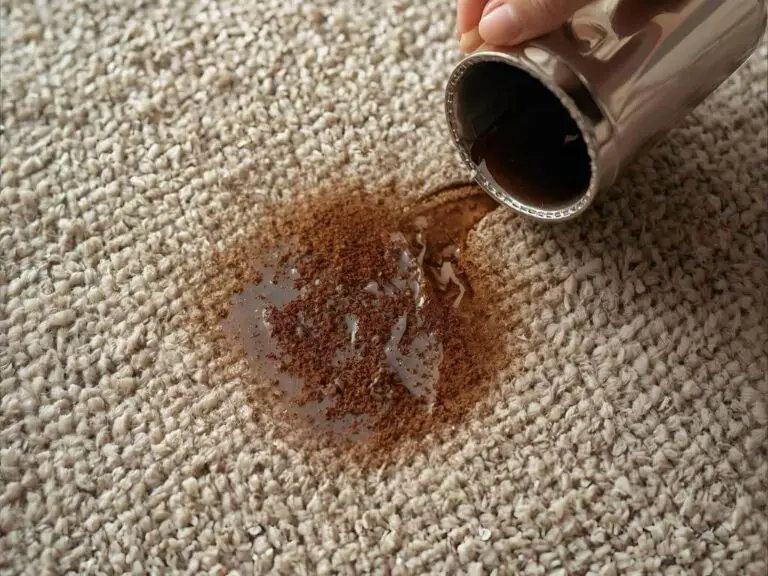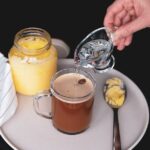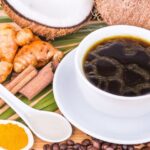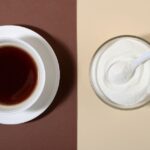How Much Caffeine in Decaf Coffee and Is It Safe?
Do you reach for decaf because you want zero caffeine? You’re not alone — lots of people think decaf = caffeine-free. The truth is a little different, and knowing it can save you surprises (like that unexpected late-night buzz). In this article we’ll answer the question “how much caffeine in decaf coffee” clearly and simply — so you can sip smarter.
Quick preview:
- You’ll learn what decaf coffee actually means ✅
- We’ll show typical caffeine amounts in decaf vs. regular coffee (easy table included) 📊
- You’ll get practical tips for choosing low-caffeine decaf ☕️🌿
If you want to avoid caffeine but still love coffee, stick around — the facts are friendlier than the myth.
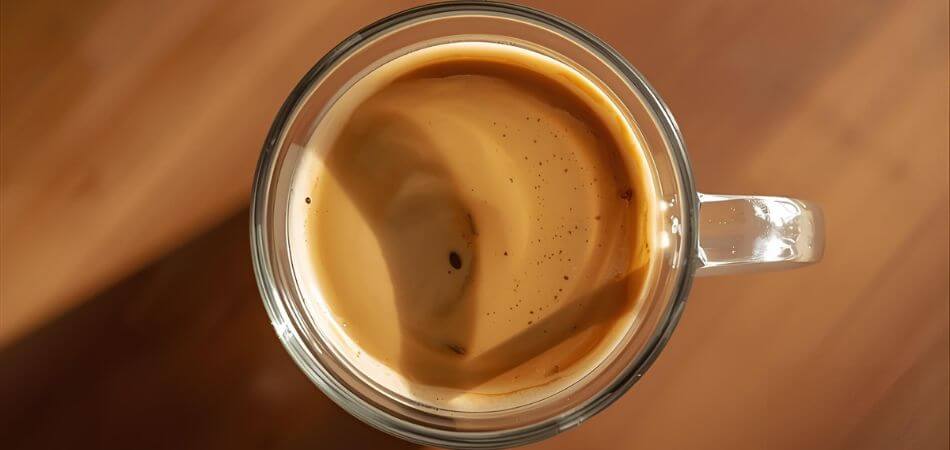
What Is Decaf Coffee, Really? 🔍
Let’s clear this up: decaf means the bean has had most of its caffeine removed — not all of it. That’s why the phrase “decaffeinated coffee” is more accurate than “caffeine-free coffee.”
How decaf is made (simple overview)
There are three common ways to remove caffeine from green (unroasted) coffee beans:
- Swiss Water Process 💧
- Uses only water and time. No chemical solvents.
- Known for preserving flavor and being chemical-free.
- CO₂ Process 🧪 (supercritical carbon dioxide)
- Uses pressurized CO₂ to pull out caffeine molecules.
- Effective and used by many specialty roasters.
- Solvent-Based Process 🧴 (methylene chloride or ethyl acetate)
- Uses a solvent to extract caffeine, then the solvent is removed.
- Often more cost-effective; reputable brands rinse beans well afterward.
📝 Quick note: labels sometimes say “Swiss Water” or “CO₂ processed” — that’s a good sign if you prefer chemical-free decaf.
Why decaf still has caffeine
None of these methods remove 100% of caffeine. Typical decaffeination removes about 97% of the caffeine, leaving a tiny amount behind. That’s why decaf tastes like coffee and still contains trace caffeine.
How Much Caffeine Is in Decaf Coffee?
Here’s where we get to the heart of the question — how much caffeine in decaf coffee are you actually drinking?
Spoiler alert: it’s not zero, but it’s far less than a regular brew.
Let’s look at some clear numbers 👇
| ☕ Coffee Type | Average Caffeine (per 8 oz cup) | Notes |
|---|---|---|
| Regular Coffee | 80–120 mg | Varies by bean & brewing method |
| Decaf Coffee | 2–15 mg | Still contains a little caffeine |
| Espresso (Regular) | 60–90 mg | Strong and concentrated |
| Decaf Espresso | 2–6 mg | Depends on roast & extraction time |
✅ Key takeaway:
Decaf coffee typically has about 97% less caffeine than regular coffee. That’s a huge drop — but if you’re extremely caffeine-sensitive, even 2–15 mg can still have an effect.
Why does the amount vary?
Because not all decaf coffee is processed or brewed the same way. The brand, bean type, and brewing method all change how much caffeine ends up in your cup.
For example:
- A home-brewed decaf may have only 3–5 mg.
- A coffee shop decaf (like Starbucks) might have up to 15–20 mg per cup.
So if you’re trying to cut caffeine, it’s worth knowing where your cup comes from.
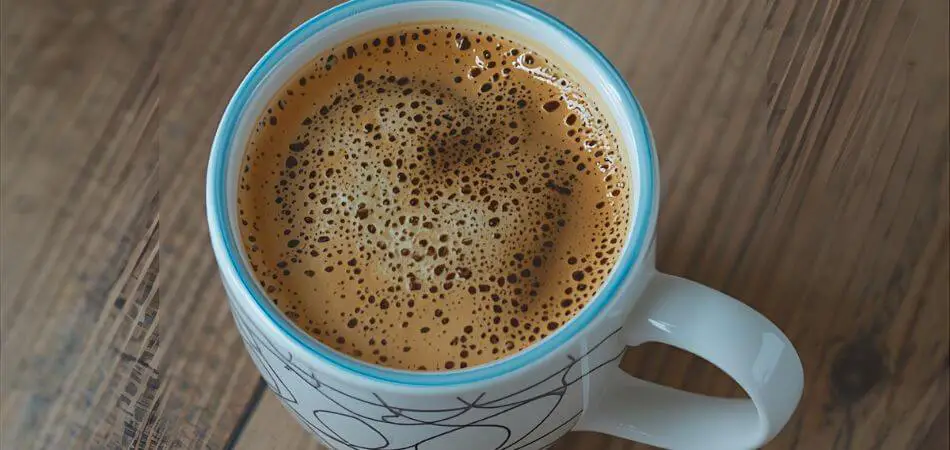
Factors That Affect Caffeine Levels in Decaf Coffee
Not all decaf coffee is equal! Several factors can change how much caffeine stays behind after decaffeination.
Here’s a breakdown 👇
| ☕ Factor | 🔍 What It Means | 💡 Effect on Caffeine |
|---|---|---|
| 🌱 Type of Bean | Arabica vs. Robusta | Arabica has ~50% less caffeine naturally. |
| 💧 Decaffeination Process | Swiss Water, CO₂, or Solvent-based | Swiss Water & CO₂ remove more caffeine. |
| 🔥 Roast Level | Light, Medium, or Dark | Dark roasts may contain slightly less caffeine. |
| ⏱️ Brewing Time | Longer vs. shorter brew | Longer extraction = more caffeine released. |
| ☕ Serving Size | 6 oz vs. 12 oz cup | Bigger cups mean more caffeine overall. |
Pro Tip 💬
If you want ultra-low caffeine, go for:
- 100% Arabica beans
- Swiss Water Processed coffee
- Smaller serving sizes
- Brew it quickly — don’t over-steep!
Even tiny tweaks like these can make your decaf even gentler. 🌿
Popular Decaf Coffee Brands & Their Caffeine Levels
Ever wondered how your favorite coffee shop’s decaf compares to others? ☕ Let’s take a peek at how much caffeine in decaf coffee you’ll find across popular brands — because not all decaf is created equal!
Here’s a simple comparison chart 👇
| 🏷️ Brand | ☕ Type | ⚖️ Approx. Caffeine (per 8 oz) | 💬 Notes |
|---|---|---|---|
| Starbucks Decaf Pike Place Roast | Brewed Coffee | 15–20 mg | Bold & flavorful, but contains more caffeine than most. |
| Dunkin’ Decaf Coffee | Brewed Coffee | 7–10 mg | Smooth and medium-bodied; moderate caffeine. |
| Nescafé Decaf Instant | Instant Coffee | 2–5 mg | Great for quick prep and lowest caffeine range. |
| Folgers Decaf | Instant Coffee | 3–6 mg | Classic taste, affordable, low caffeine. |
| McCafé Decaf Premium Roast | Brewed Coffee | 8–12 mg | Balanced flavor, medium caffeine. |
✅ Observation:
Instant coffees generally have the least caffeine, while brewed decaf (especially from major coffee chains) tends to have a bit more.
Is Decaf Coffee Truly Caffeine-Free?
Here’s the truth — no decaf coffee is 100% caffeine-free.
Even though most of the caffeine is removed, small traces always remain.
📜 FDA Standard:
According to the U.S. Food and Drug Administration (FDA), coffee labeled “decaf” can still have up to 3% of its original caffeine content.
That’s why decaf still gives some people a mild alertness boost or even a tiny bit of jitter if they’re super caffeine-sensitive.
⚠️ Who Should Be Cautious?
While decaf is safe for most people, certain groups might still want to limit it:
- 🤰 Pregnant individuals (stick to less than 200 mg of caffeine per day — decaf included).
- 💓 People with heart issues or blood pressure concerns.
- 😴 Those who are caffeine-sensitive or struggle with insomnia.
💬 Why You Might Still Feel the Buzz:
- You drank several cups of decaf (it adds up!).
- The brand uses a process that leaves slightly more caffeine.
- You’re simply very sensitive to caffeine’s effects.
So, while decaf won’t keep most people awake, it’s still smart to enjoy it in moderation.
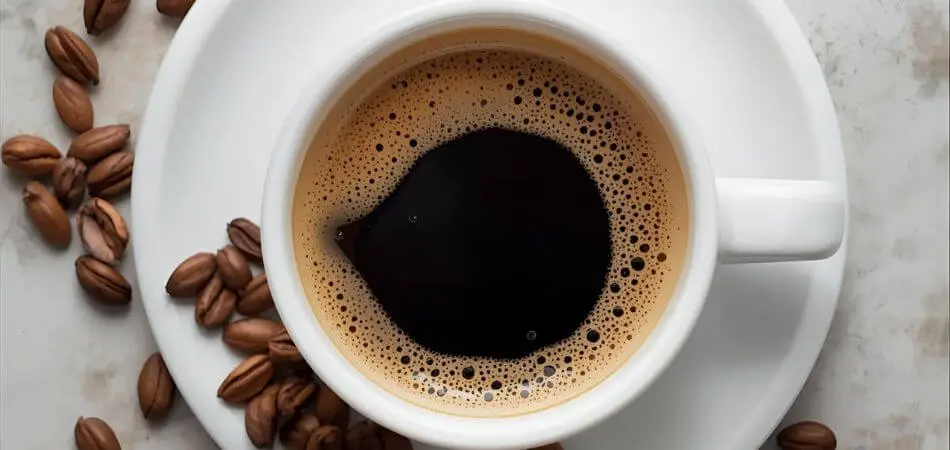
Health Benefits & Downsides of Decaf Coffee
You might be surprised to learn that decaf coffee isn’t just a “weaker” version of regular coffee — it actually has some great health perks (and a few small trade-offs). Let’s look at both sides so you can decide if it fits your lifestyle. ☕💚
🌿 Health Benefits of Decaf Coffee
✅ 1. Less Caffeine = Less Stress on Your Body
- If caffeine gives you the jitters, heart palpitations, or anxiety, decaf is your friend.
- You can enjoy coffee flavor and comfort without the crash or sleepless nights. 😴
✅ 2. Still Packed with Antioxidants
- Decaf keeps many of coffee’s polyphenols and antioxidants, which help fight inflammation and cell damage.
- These compounds may lower the risk of type 2 diabetes, liver disease, and even some cancers.
✅ 3. Gentle on the Stomach
- Because it’s less acidic, decaf is often easier on digestion and reduces acid reflux or heartburn.
✅ 4. Supports Better Sleep
- Switching to decaf in the evening means you can enjoy a cozy cup without disturbing your sleep schedule. 🌙
⚠️ Possible Downsides of Decaf Coffee
While the benefits are strong, there are a few things to keep in mind 👇
❌ 1. Slight Chemical Exposure
- Some solvent-based decaffeination processes use chemicals like methylene chloride or ethyl acetate.
- Most of it is removed before roasting, but if you want to avoid any residue, look for Swiss Water Processed labels.
❌ 2. Taste Differences
- Removing caffeine can change flavor slightly, making decaf less bold or aromatic than regular coffee.
- However, high-quality roasters now produce decaf that tastes almost identical to regular brews.
❌ 3. Still Contains a Little Caffeine
- If you’re very sensitive to caffeine or need to eliminate it entirely (for medical reasons), even decaf might not be suitable.
How to Choose the Best Low-Caffeine Decaf Coffee
Choosing decaf doesn’t have to be confusing — with a few smart tips, you can enjoy a cup that’s flavorful, gentle, and low in caffeine. ☕🌿
✅ Tips for Picking the Right Decaf Coffee
- Look for the Swiss Water Process Label 💧
- This method removes most caffeine without chemicals, keeping flavor clean.
- Perfect if you want the safest and purest decaf.
- Choose 100% Arabica Beans 🌱
- Arabica naturally has less caffeine than Robusta.
- Taste is smoother and slightly sweeter.
- Check Caffeine Levels if Listed 🔍
- Some brands include exact milligrams per cup — great if you’re counting every bit of caffeine.
- Consider Brewing Method ☕
- Shorter brew times = less caffeine extraction.
- Cold brew decaf may extract slightly more caffeine, so adjust steeping time.
- Try Different Roast Levels 🔥
- Light roasts: slightly more caffeine per bean but milder taste.
- Dark roasts: slightly less caffeine, richer flavor.
- Experiment with Brands 🏷️
- Starbucks Decaf Pike Place: bold, slightly higher caffeine (~15–20 mg).
- Nescafé Decaf Instant: easy, very low caffeine (~2–5 mg).
- Folgers Decaf: classic taste, low caffeine (~3–6 mg).
💡 Extra Tip
If you’re extremely caffeine-sensitive, combine small serving sizes + Swiss Water Process decaf + instant coffee for the gentlest option.
Quick FAQs
Here are some common questions about decaf coffee — answered fast for your convenience.
Does decaf coffee keep you awake? 😴
Usually not for most people, but very sensitive individuals may notice mild alertness.
Is decaf safe during pregnancy? 🤰
Yes, in moderation. Keep total caffeine under 200 mg/day, including decaf.
How is caffeine removed from coffee? 🧪
Through Swiss Water Process, CO₂ extraction, or solvent-based methods.
Is there 100% caffeine-free coffee? ❌
No natural coffee is fully caffeine-free; only artificial substitutes are completely caffeine-free.
Which decaf coffee has the least caffeine? ☕
Instant decaf options like Nescafé and Folgers usually contain the lowest caffeine (~2–5 mg per cup).
🎉 Final Thoughts:
Decaf coffee is perfect for those who want the coffee experience without overloading on caffeine. With a little knowledge about beans, brands, and brewing methods, you can enjoy your cup without worry — and still get that cozy, comforting coffee moment!
